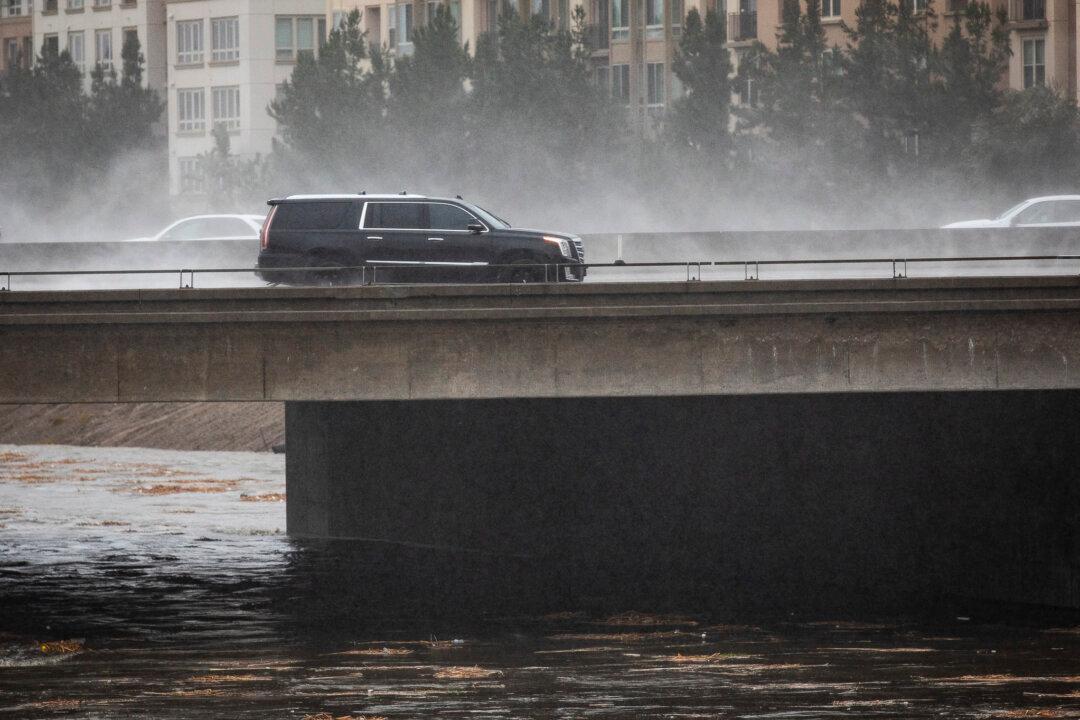Commentary
It’s only December, and several major storm systems have already passed through California. These storms are encouraging news in a parched state where multi-year droughts have been declared four times just since 2000. But most of the runoff from these storms quickly ends up in the Pacific Ocean.



